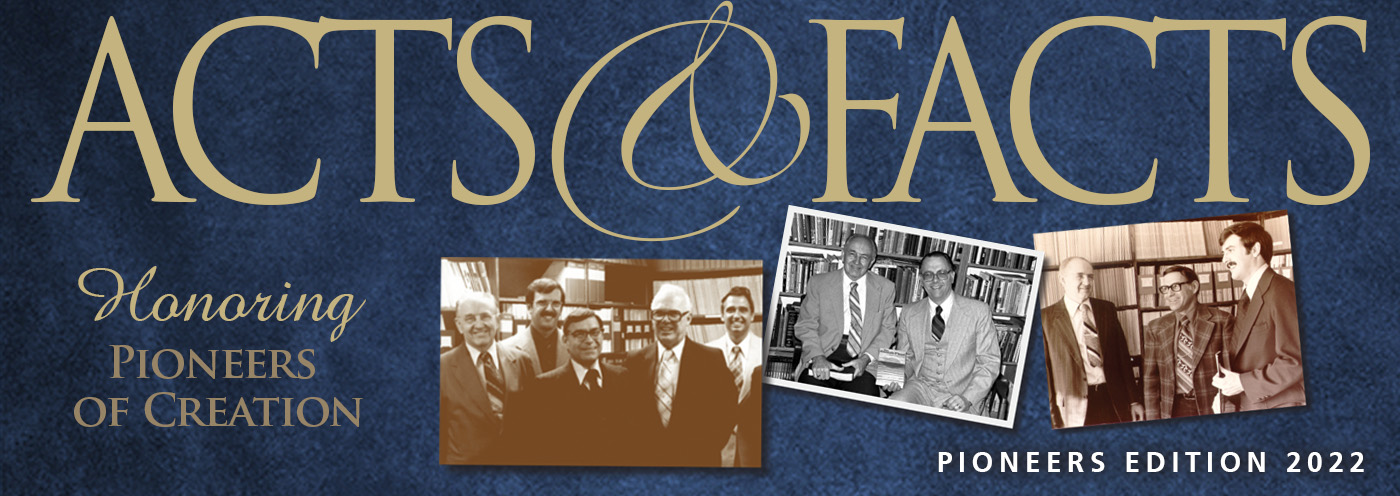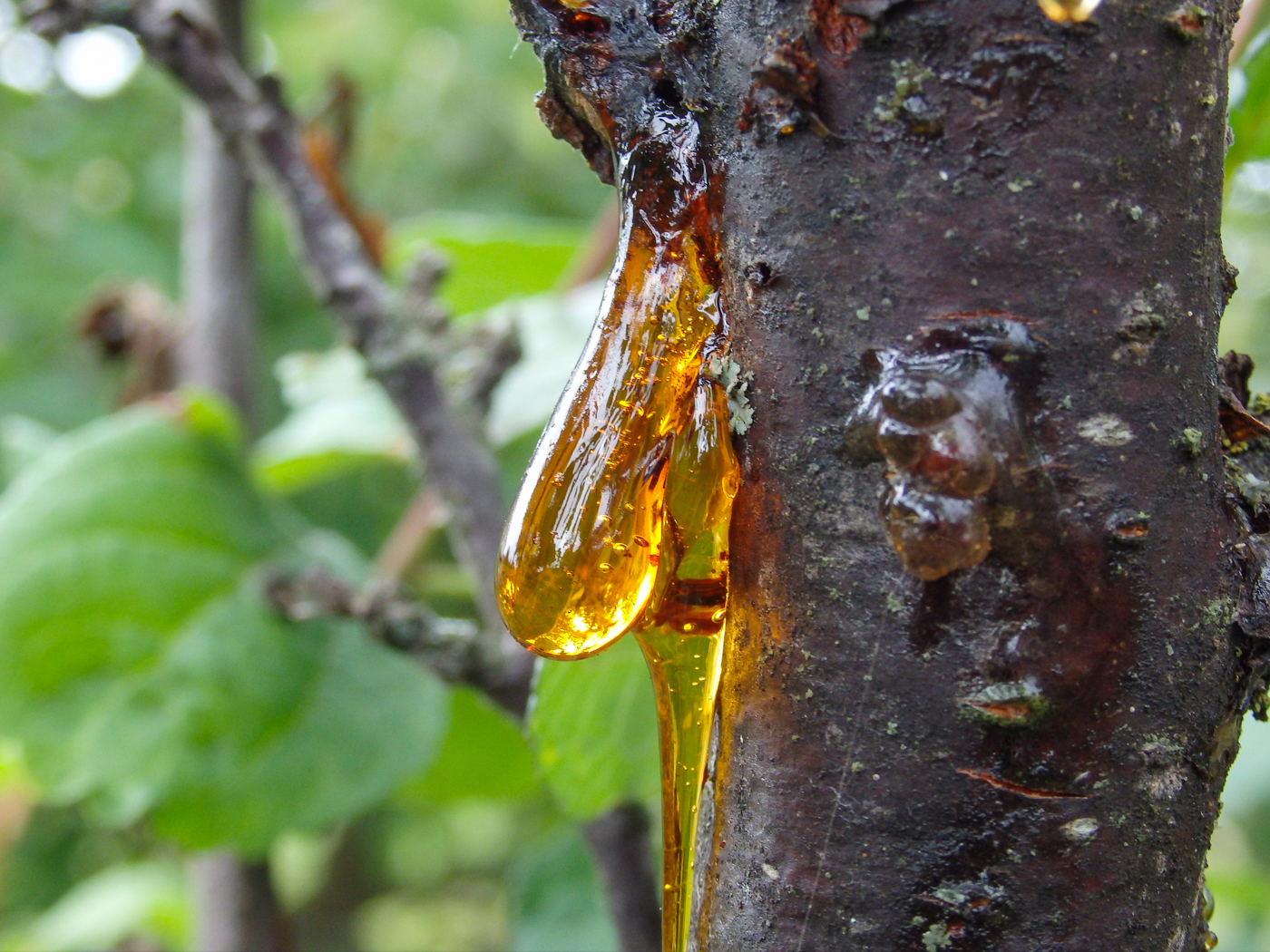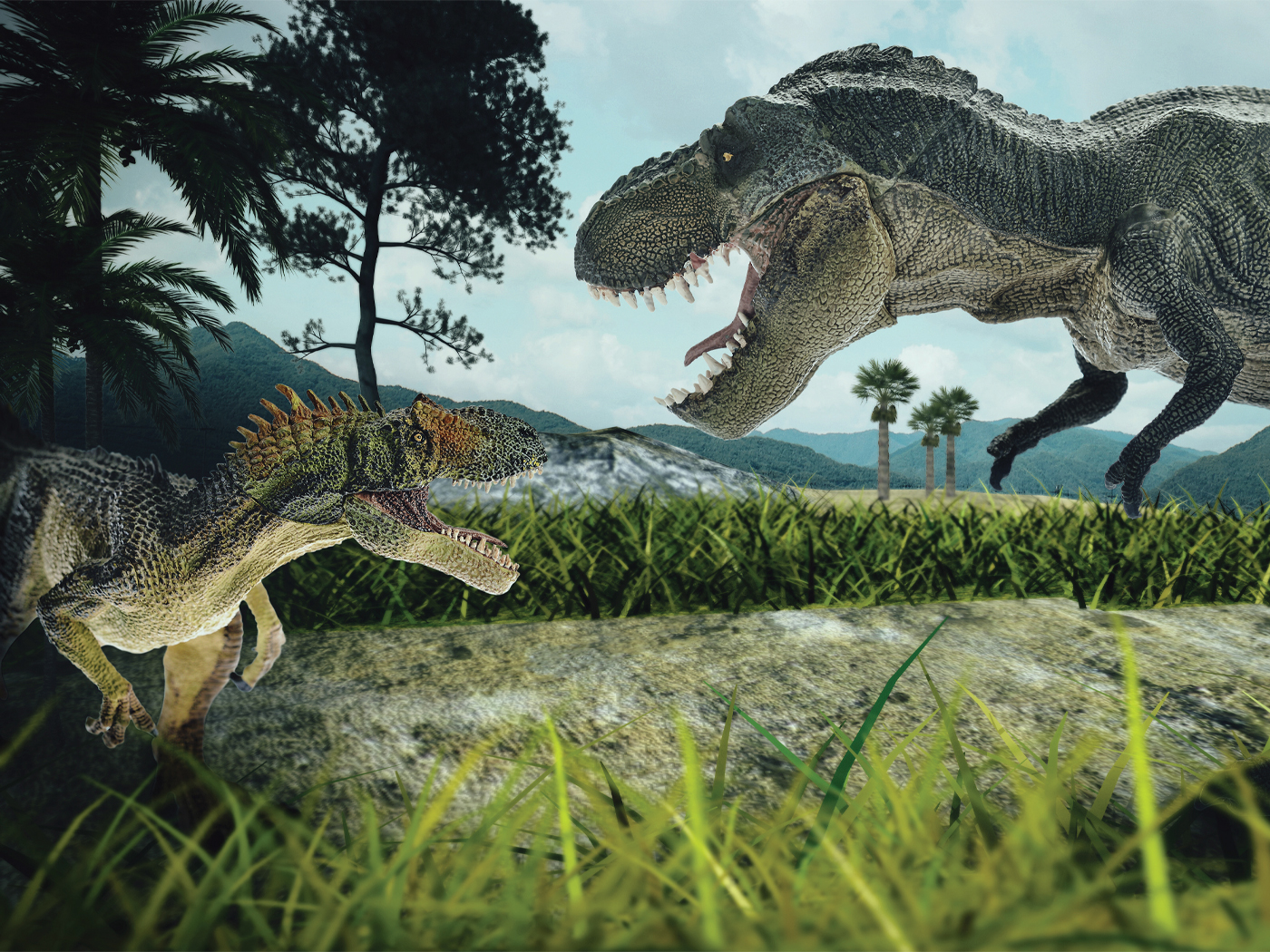What did lizards look like when they crawled around dinosaur feet? Newly described lizards encased in Burmese ambers clearly show the answer.
Publishing online in Science Advances, a team of zoologists recognized familiar lizard forms in a dozen amber-encased specimens.1 A few preserve almost whole lizard bodies, most merely contain body parts, but they all confirm biblical creation in several different ways.
Amber forms when resins—not sap—flow from damaged trees. The resin hardens within hours, like scabs, to help heal the tree's wounds. The resins sometimes flow fast enough to occasionally entomb little creatures, and harden fast enough to preserve them before they're eaten or have time to rot.
Secular scientists assigned an age of 99 million years to these Burmese amber deposits. But the encased organisms show no evidence for evolution between creature kinds. Instead, the dozen lizards fall neatly into five modern lizard categories. For example, the researchers found life-like modern geckos and even identified a tiny chameleon fossil.
The study authors wrote, "These burmite geckos both display perfectly preserved toe pads but of significantly different design, confirming not only that mid-Cretaceous geckos were capable of scansorial [climbing] locomotion but also that alternative pad architectures, comparable to those of living geckos, had already evolved by this time."1 If God had already created geckos "by this time," then their perfect fossil toe pads would appear as "already evolved" to those who reject creation and insist on millions of years.
The ambers also preserve other basic kinds we see today: scorpions, roaches, ants, termites, scale bugs, and members of some less widely known living insects called webspinners and zorapterans. The same ambers include modern-looking liverworts and velvet worms.2 The study authors wrote that these organisms "resemble extant, tropical taxa, indicating that the amber was deposited in a moist tropical paleoenvironment."1 The close resemblance between these amber fossils and living forms also indicates that no evolution between kinds has happened since their golden entombment.
All this amber evidence urges the question: Did the 99 million years really happen?
Two observations fit the idea that these ambers are thousands of years old, not millions. First, the amber is still quite transparent and not yet full of cracks. Various ambers darken and develop cracks over the centuries as they harden.3 Why do these examples still look so fresh?4
Second, some of the lizard fossils appear to preserve original tissues. The study authors described various samples:
- "Intact specimen; epidermis with some coloration; skeleton and some organs (for example tongue) mostly intact"
- "Some skeletal elements and internal organs preserved"
- "Large left hind leg, including epidermis"
- "Pelvic area with left leg and parts of left foot preserved"
- "Integument intact"
- "Integument and most of skeleton preserved"
They also wrote, "The detailed preservation of soft tissues provides unique insights into the anatomy and ecology of Mesozoic lizards." But since tissues relentlessly decay, and since no known amber feature stops this decay, these reptilian soft tissues provide unique insight into the age of Mesozoic lizards. They look much more like a recent deposit than one a hundred million years old.
One has a hard enough time imagining creatures morphing into different kinds over millions of years, let alone in mere thousands of years. These amber fossils show no between-kind evolution. Only minor variations within basic kinds happen today—and that's exactly what we see in these amber specimens. This means that lizards living with dinosaurs looked like lizards that live today, which fits the Bible's perspective of recent creation.
References
- Daza, J. D. et al. 2016. Mid-Cretaceous amber fossils illuminate the past diversity of tropical lizards. Science Advances. 2 (3): e1501080.
-
Velvet worms occur today in Central and tropical South America plus Indonesia, and another form lives in Australia, PNG, and New Zealand. They have taken a central role in many discussions of arthropod evolution, but comparing the living forms against their fossils reveals no upward evolution. See Thomas, B. Caterpillar Controversy Discloses Deep Evolutionary Disagreement. Creation Science Update. Posted on ICR.org November 5, 2009, accessed March 10, 2016.
(Living velvet worms look essentially the same in mid-Cambrian deposits, supposedly over 500 million years old. See Parker, G. and M. Parker. 2005. The Fossil Book. Green River, AK: Master Books, 46.) - Thomas, B. Scan of Amber-Trapped Spider Shows Recent Origin. Creation Science Update. Posted on ICR.org May 27, 2011, accessed March 10, 2016.
- Thomas, B. 2010. Amber Jewelry: A Conversation Piece for Creation Evidence. Acts & Facts. 39 (9): 17.
Image credit: Copyright © 2016 Science Advances. J. D. Daza, E. L. Stanley, P. Wagner, A. M. Bauer, and D. A. Grimaldi. Adapted for use in accordance with federal copyright (fair use doctrine) law. Usage by ICR does not imply endorsement of copyright holders.
*Mr. Thomas is Science Writer at the Institute for Creation Research.
Article posted on April 11, 2016.
















